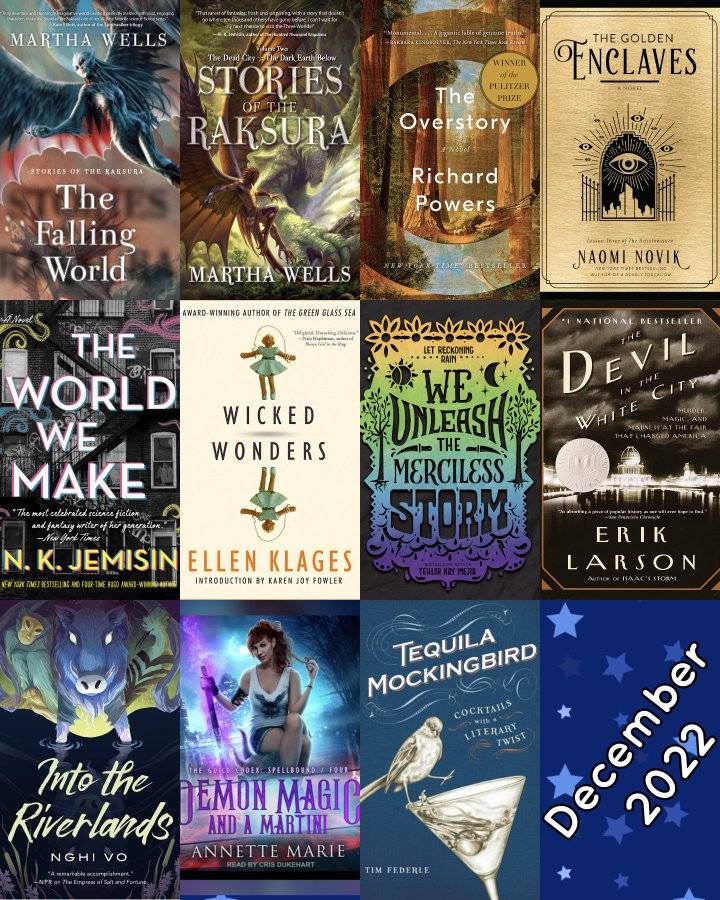Triumphant conclusion (I think?) to Novik’s Scholomance series, this one following directly on the cliffhanger ending of the second novel. Grumpy heroine El, having found a way to rescue the entire student body from the deadly Scholomance, is consumed with guilt over the fate of her boyfriend Orion; however, she is reluctantly dragged back into action when she learns that monsters are threatening the protected enclaves of other magic-users. As she fights monsters while working on a way to rescue Orion, she uncovers deep secrets connecting the enclaves, Orion, and her own family history. Really impressive plotting, tying things together in unexpected ways, and the inevitable infodump filters entertainingly through El’s indignant viewpoint. Her character, which layers hostility and rudeness over a deep core of caring and righteousness, is delightful. (Actually, now that I think about it, she’s really just a teenage wizard Murderbot.) The interactions between the characters were good too. Very satisfying read.

